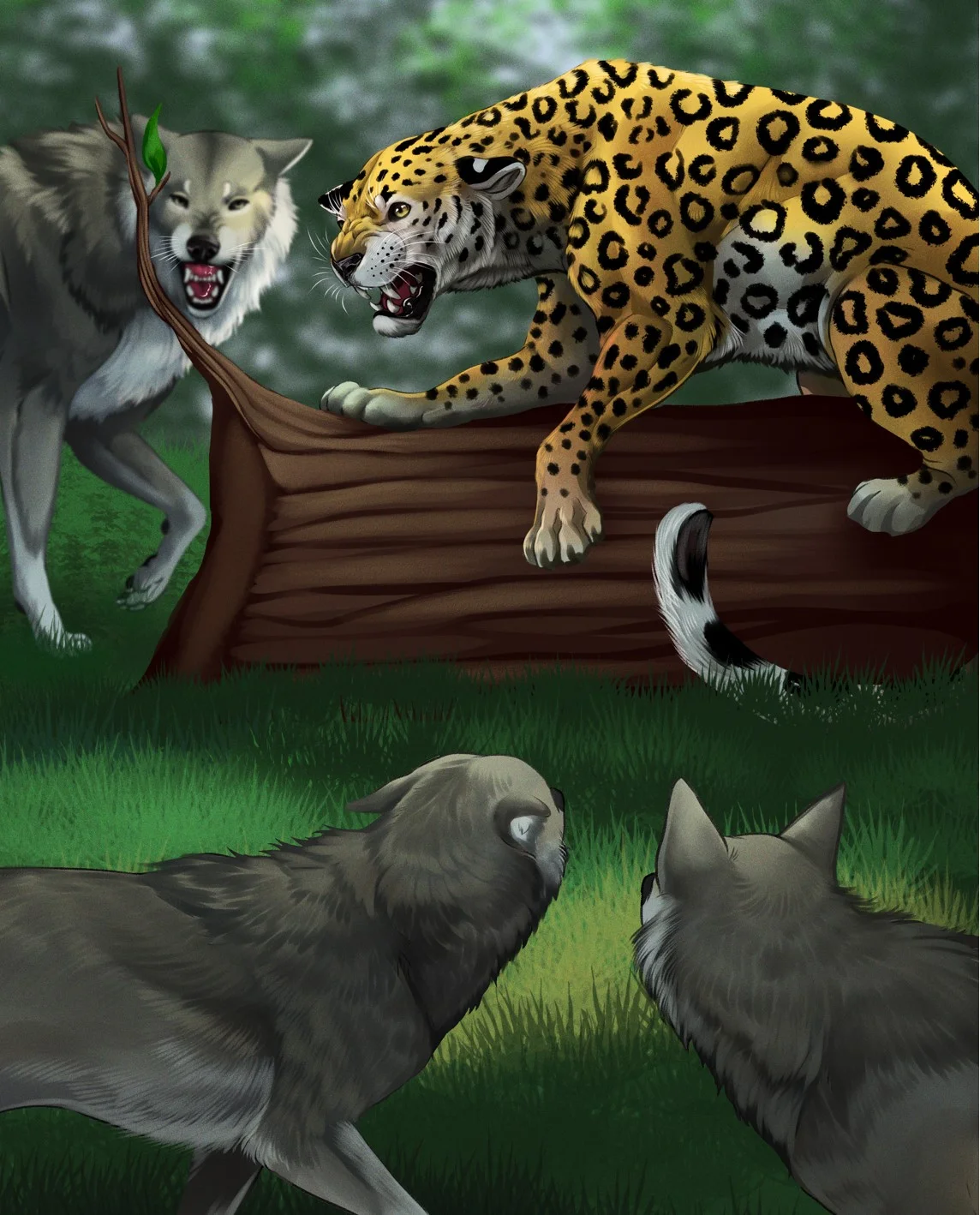
Leopard from the Iberian Peninsula
International team of scientists, including dr hab. Adrian Marciszek, prof. UWr from the Department of Paleozoology, researched the habitat and morphology of Pleistocene leopard Panthera pardus, which in the past lived throughout Europe from the Iberian Peninsula to the Jelenia Góra Valley.
The leopard, Panthera pardus, currently associated with African and Asian savannas and rainforests, is one of the most widespread and easily adaptable large predators. Its adaptive skills are a result of the fact that from the beginning of its evolution, it had to deal with very strong competition as well as when it first appeared in Europe.
About 1.2 mln years ago in Vallonnet, Spain, a leopard entered the world full of large hounds, hyenas, and sabretooth cats all of which either had bigger body mass, or were more numerous. What is worse, they were soon joined by their old African competitors, such as steppe lion and cave hyena. As a big, but not the biggest, lone hunter – for whom any encounter might result in serious injuries and in effect impairment of hunting skills which would lead to starvation – the leopard perfected the method of “fighting without a fight”. Its climbing skills, as well as ability to pull prey three or four times heavier than its body mass up the trees or into the caves, were of immense help in this endeavour.
Even today the leopard does not avoid mountain terrain. It was especially evident in the past 700,000 years during the Mid and Late Pleistocene. Although the presence of the trees was pivotal for this species, the leopard being very ecologically flexible, adapted even to the coldest periods of the Late Pleistocene characterized by almost treeless and rocky habitats.
Today, a seventy-kilo leopard is able to drag a half-tone horse inside the cave, while earlier dragging it for hundreds of meters uphill along a steep slope. This type of prey concealment keeps it safe, especially from hyenas, which are poor climbers. In the past leopards additionally preferred concealing their prey in smaller rock shelters. Their narrow entrances made them difficult to access for great predators such as polar bears and steppe lions.
Recently – based on the discovered remains of this predator in Jelenia Góra Valley, full of such small rock shelters – it has been proved that the valley basin might be considered a habitat previously preferred by a leopard.
A high quantity of competitors and the high adaptive potential of the leopard must have had a big influence on its morphology and biology in the past. International team of scientists, including dr hab. Adrian Marciszak prof. UWr from the Department of Paleozoology, set out to investigate the influence of other predators on the morphology and proliferation of the leopards that inhabited Europe in the past.
Leopard occurrence in mountain sites is usually correlated with the discovery of remains of chamois, ibex and deer – the main prey of this feline. Notably, for a large feline, a leopard’s size borderlines on perfection. It is small enough to survive on birds, rodents and other small vertebrates. At the same time, it’s big enough to overpower even the biggest antelopes, deer, horses or even an adolescent buffalo. Nonetheless this species is extremely rare in lowland faunal assemblages.
The relatively rare occurrence of suitable rock shelters combined with a high quantity of competitors, especially large canines, was pivotal to the leopard’s low population density. Despite its huge environment and hunting adaptability, the leopard was a rare species in the Mid Pleistocene. Numerous authors describe the Mid Pleistocene leopard as a relatively small cat with a sleek posture and narrow teeth. Published findings suggested that the small body frame of a leopard was an answer to the widespread presence of European jaguar Panthera gombaszoegensis, which, until then, was the only large cat of Panthera species in Eurasia. Only after the disappearance of jaguar, due to pressure inflicted by steppe lion, leopard proliferated throughout Europe, gaining in size and replacing the ecological niche of European jaguar.
Findings presented in the article published in Quaternary Science Reviews, based upon analyses of material procured from leopard from Pyrenees and their comparison to in broad, Eurasian context, provide strong support for these conclusions. Moreover the remains of Snow leopard Panthera uncia, the rarest of big cats, known to inhabit the high mountain ranges of Central Asia have been revealed in researched material. This typical mountain species, specialized in hunting small and medium-sized ungulates, spread as far as Portugal in Late Pleistocene. Findings of its remains in Europe are not as much surprising, as demonstrating an excellent illustration of the dynamics of the faunal changes in this period.
Compiled by: Adrian Marciszak
Translated by Marcin Dolata (student of English Studies at the University of Wrocław) as part of the translation practice.
Date of publication: 28.05.2025
Added by: E.K.



